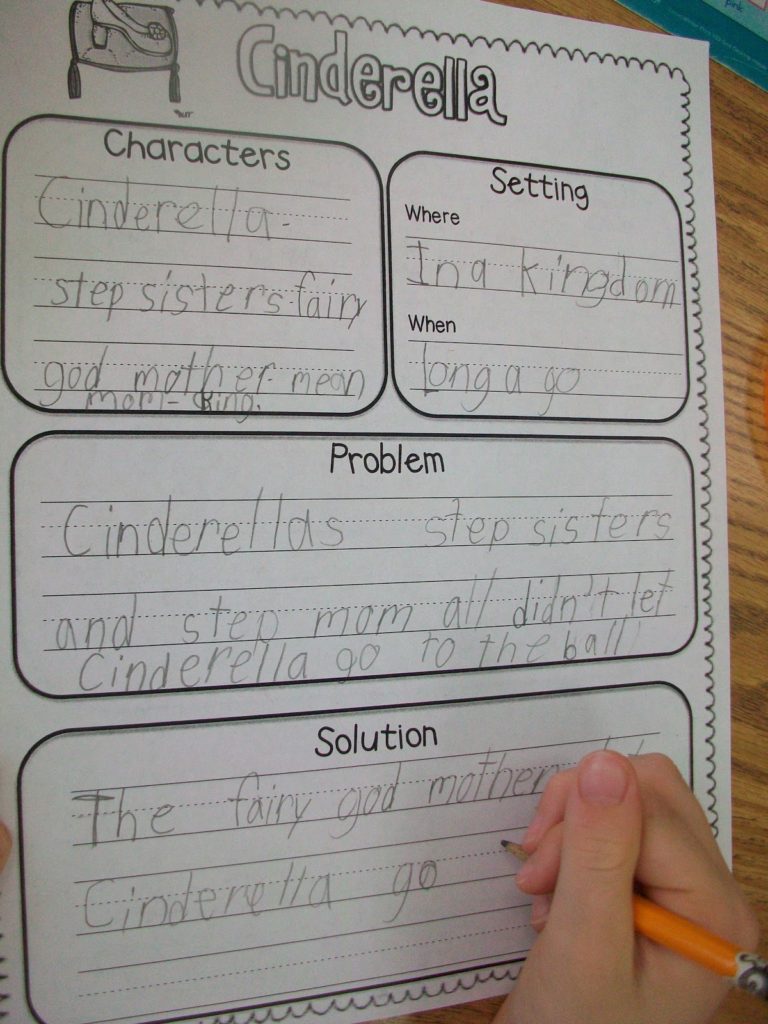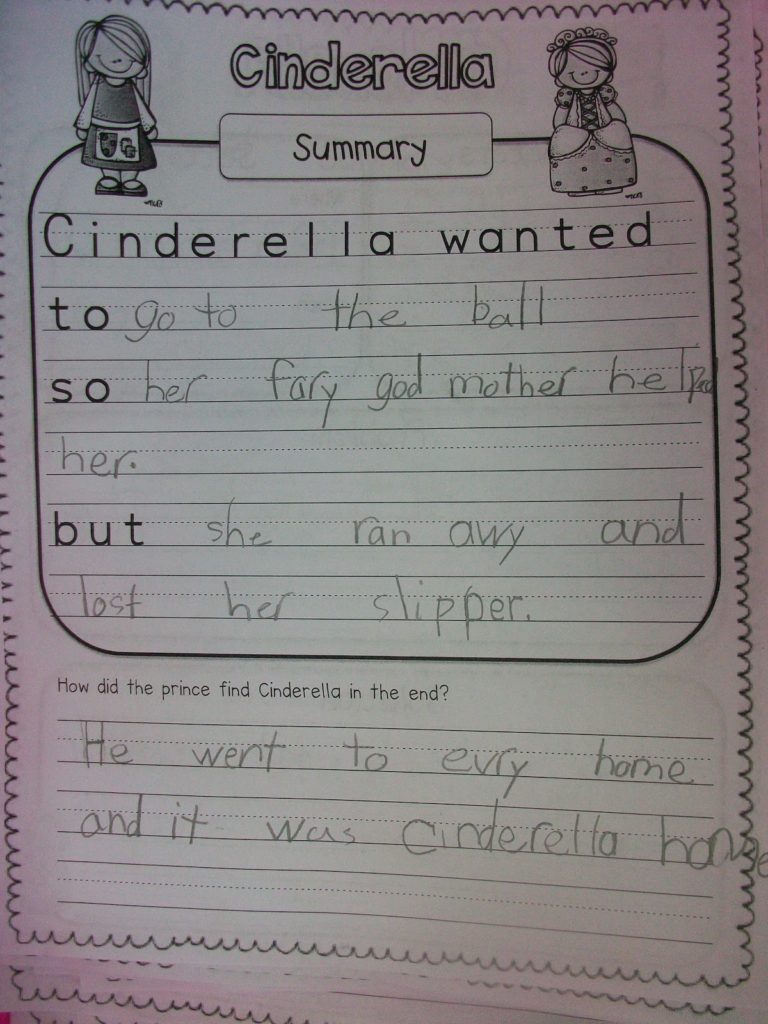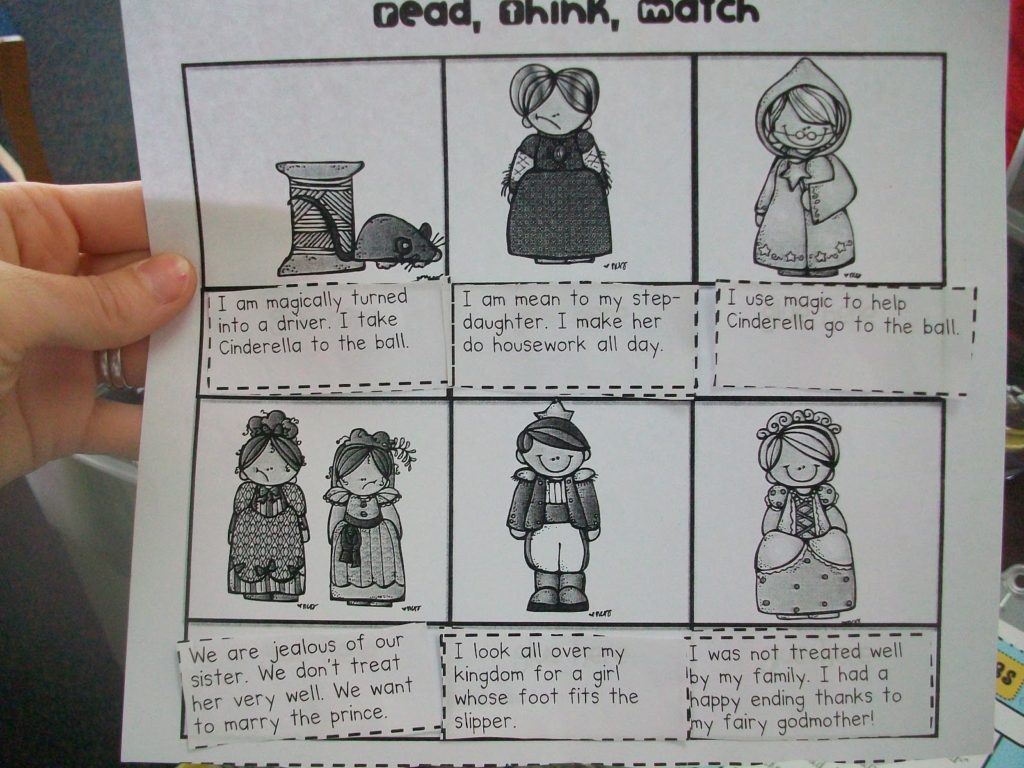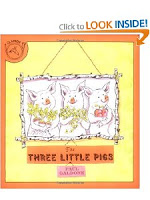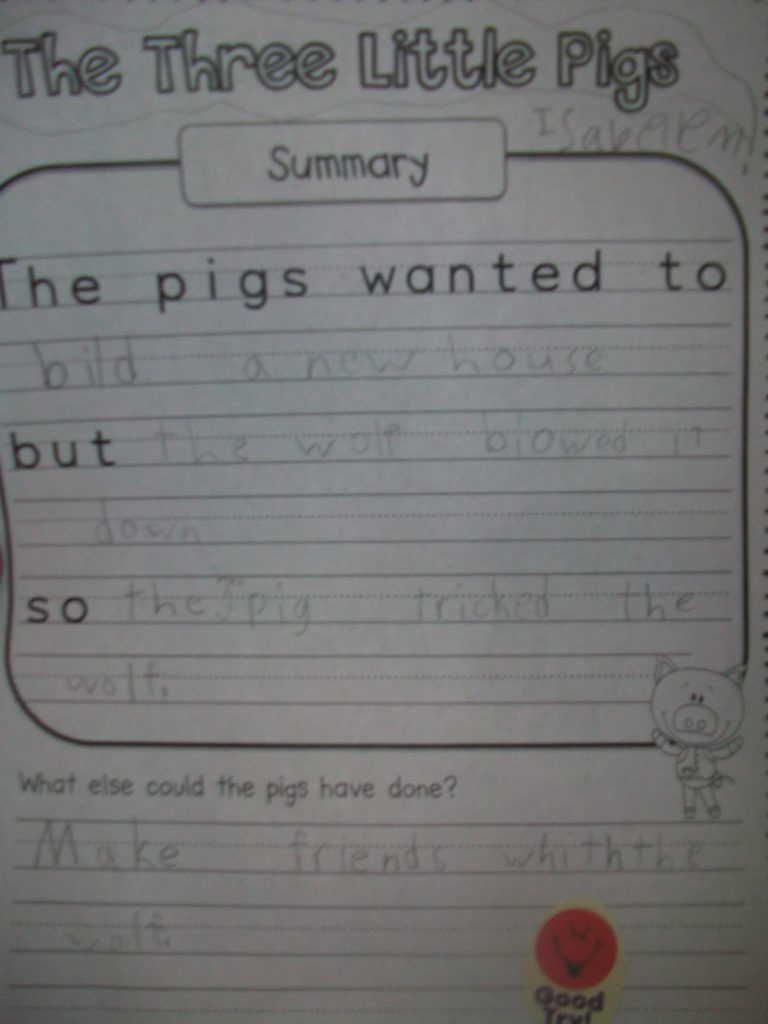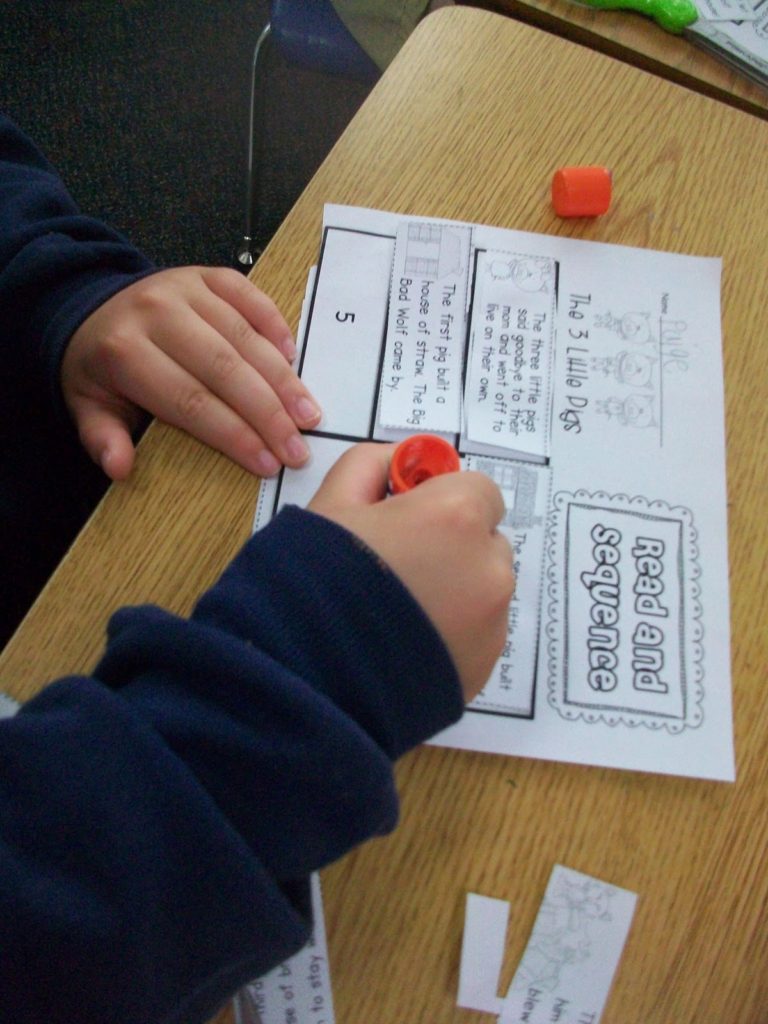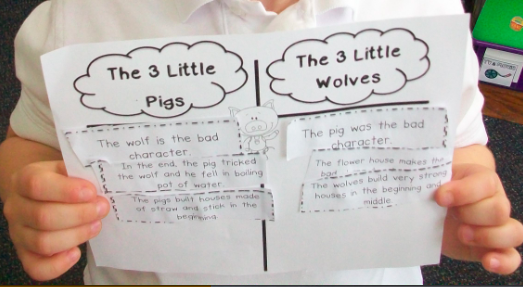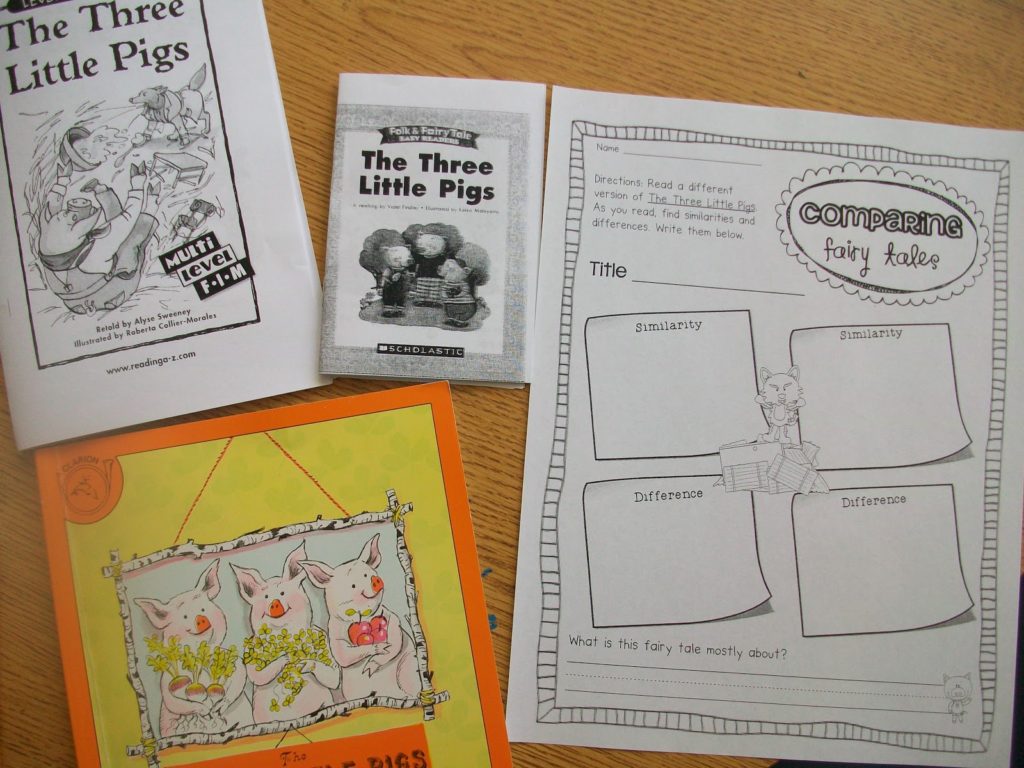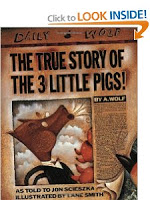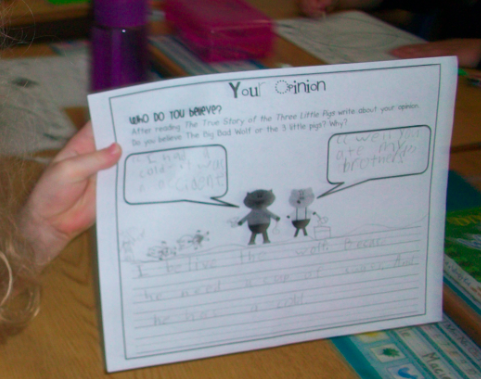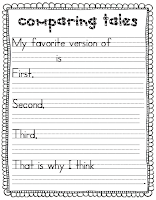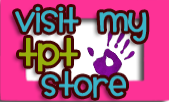K-2 Science of Reading Educational Resources
Last year I combined all of the activities that I’ve used over the years and made a little fairy tale unit. That is one of my favorite units! I thought that this year I would just pick and choose from that unit and my planning/prep would be all done. Sounds like a plan, right? Well clearly I have a problem! I just had to add to it and give myself more work. I can’t help myself. You know how it is: every class inspires you in different ways. Every year I read the same fairy tales, but new ideas always pop into my head. Sometimes it has to do with a question from a student or something that a few of them need to work on. Not sure why it happens, but it does. Inspiration is all around us, so of course it makes sense that you would add to a unit the next year. Well that’s what I’ve done here! I LOVE all the additions. I’m having so much fun so far and there is so much more to do. Of course I can’t fit it all in, but then that leaves some new stuff for next year or the year after. No getting bored here!
So here’s where we started:
My girls really wanted to read Cinderella and spend some more time with it. One thing that this class is working on is summarizing stories. So I wanted to give them some more opportunities to practice this skill. They can always tell me what is happening when I ask leading questions. First, we filled out the graphic organizer. Then they filled out this summary page.
For morning work, they completed this Read, Think, Match with the main characters.
Here are a few other activities that you could do with Cinderella to shake it up from year to year.
~Comparing feelings at different points in the story with different characters.
~character analysis: stepmom
~Alternate ending for Cinderella
~Opinion writing: favorite version of Cinderella with graphic organizer
~T chart for comparing versions
Next, we read The Three Little Pigs.
I read this version first:
This is one of the older versions. (I read this one because it is different than than the others that I will discuss later.)
For this book, students completed two different summaries: one focusing on the wolf and the other focusing on the pigs.
They also filled out this Read and Sequence page. (They cut out the events and glued them in order)
Next, we read The Three Little Wolves and the Big Bad Pig. As we read, I had students raise their hands if they noticed a similarity or a difference. I wrote these on stickies and placed them under the correct column. I was modeling this process of comparing because I was planning on having them do it during guided reading.
After reading, they completed this simple T chart comparing the two stories.
During reading groups, they got the opportunity to practice finding those comparisons. They were instructed to compare their story to the first book we read (the yellow and orange one below). We flipped through the book to review the story. Then they were given another version. Below are the two I used. One is from readinga-z.com (highly recommend buying a subscription) and the smaller one is from scholastic. (I actually own the whole set of easy reader fairy tales but you can download extra copies on their website). Readinga-z.com actually has three different levels of The Three Little Pigs so you can find one for all of your readers!
Students were given sticky notes and this student sheet.
As they read their book, they wrote down similarities and differences. This was a great activity to do during guided reading. Some kids were able to fly with this, while others needed some extra guidance.
My next step will be to use those stickies to write about those comparisons using one of these pages (three choices to provide different levels of support).
This was a simple little comparison chart that we did that just compares the beginning, middle and end of each story.
Our last version was of course the fabulous True Story of the Three Little Pigs.
This is something I created last year:
In the speech bubbles, they write what those characters would say (their perspective). At the bottom, they wrote about who they believed.
And of course, a Venn diagram:
For a writing activity, they wrote about their favorite version. The planning sheet was done by me and we brainstormed ideas together. Most students had this page:
and some had some more support using this one:
Since three of the five versions have the same title (The Three Little Pigs), they wrote the author.
And there are a few more Three Little Pigs Activities for another year:
~cause and effect
~Beginning, middle, and end
~Story map
These are just some of the additions to this unit. I’ll be posting more later. To see the original unit and some more action shots with student work, click here.
To buy this unit, you can get it at one of my stores.
Latest on Instagram
Latest on Facebook
3 months ago
🔎 Breaking Down the Word "Education"! 🧠✨![]()
![]() Let's take a look at how this word is built.
Let's take a look at how this word is built.![]()
![]() 📢 Sounds: The pronunciation of "education" isn’t as straightforward as it looks! The schwa /ə/ appears multiple times, and the "t" is pronounced like /sh/—a great example of how English words shift in spoken form.
📢 Sounds: The pronunciation of "education" isn’t as straightforward as it looks! The schwa /ə/ appears multiple times, and the "t" is pronounced like /sh/—a great example of how English words shift in spoken form.![]()
![]() 🔤 Graphemes: Graphemes spell sounds. They can be made up of one or more letters.
🔤 Graphemes: Graphemes spell sounds. They can be made up of one or more letters.![]()
![]() 🗣️ Syllables: Syllables have to do with how we pronounce a word. when we say "education", we break it up like this: ed-u-ca-tion. Syllables revolve around vowel sounds and each syllable has one vowel sound.
🗣️ Syllables: Syllables have to do with how we pronounce a word. when we say "education", we break it up like this: ed-u-ca-tion. Syllables revolve around vowel sounds and each syllable has one vowel sound. ![]()
![]() 🔍 Morphemes: Morphemes are the smallest unit of meaning.
🔍 Morphemes: Morphemes are the smallest unit of meaning.![]()
![]() e- (prefix) = "out" (assimilated from ex-)
e- (prefix) = "out" (assimilated from ex-)![]() duce (base) = "to lead"
duce (base) = "to lead"![]() -ate (verbal suffix) = "to make, cause"
-ate (verbal suffix) = "to make, cause"![]() -ion (noun suffix) = "state, act, result of"
-ion (noun suffix) = "state, act, result of"![]() So education literally means "the act of leading out"—a beautiful way to think about learning! 💡
So education literally means "the act of leading out"—a beautiful way to think about learning! 💡![]()
![]() 🧐 Etymology & Relatives:
🧐 Etymology & Relatives:![]() Rooted in the Latin verb ducere ("to lead"), "education" is connected to words like induce, deduce, introduce, conduct, and reduction—all related to movement and guidance!
Rooted in the Latin verb ducere ("to lead"), "education" is connected to words like induce, deduce, introduce, conduct, and reduction—all related to movement and guidance!![]()
![]() 📚 Teaching morphology helps students understand words deeply, making spelling, reading, and vocabulary stronger! How do you incorporate word study in your classroom? Drop your thoughts below! 👇
📚 Teaching morphology helps students understand words deeply, making spelling, reading, and vocabulary stronger! How do you incorporate word study in your classroom? Drop your thoughts below! 👇![]()
![]() Interested in learning more? Check out my blog post about morphology! Comment BLOG if you'd like the link.
Interested in learning more? Check out my blog post about morphology! Comment BLOG if you'd like the link.![]()
![]() #morphology #WordStudy #ScienceOfReading #Education #StructuredLiteracy
... See MoreSee Less
#morphology #WordStudy #ScienceOfReading #Education #StructuredLiteracy
... See MoreSee Less
3 months ago
Do you use blending lines for morphology? This resource has 60 pages of blending lines. Each page focuses on one base. (This set has bases that come from Latin roots.) ![]()
![]() Comment DECODE for the link.
... See MoreSee Less
Comment DECODE for the link.
... See MoreSee Less
3 months ago
FREEBIE! This decoding activity is engaging and effective.![]()
![]() Are you looking for activities to practice words with -ng or -nk (otherwise known as "Glued Sounds")? I have a resource packed with plenty of practice pages.
Are you looking for activities to practice words with -ng or -nk (otherwise known as "Glued Sounds")? I have a resource packed with plenty of practice pages. ![]()
![]() Comment "GLUED" to check this out. This page is a FREE sample in the PREVIEW of the resource. Just download the preview and print this page!
... See MoreSee Less
Comment "GLUED" to check this out. This page is a FREE sample in the PREVIEW of the resource. Just download the preview and print this page!
... See MoreSee Less
3 months ago
Do you use word matrices? I’m a big fan! They are the ultimate graphic organizers for word relatives! ![]()
![]() Comment “matrix” to see more like this! (Plus a digital version)
... See MoreSee Less
Comment “matrix” to see more like this! (Plus a digital version)
... See MoreSee Less
3 months ago
Comment “SENTENCES” if you’re looking for decodable sentences that could be used for phrasing. ![]()
![]() Do you have students who read in a choppy, word-by-word manner? Proficient readers group words together in meaningful phrases. A simple strategy can help developing readers do this, too!
Do you have students who read in a choppy, word-by-word manner? Proficient readers group words together in meaningful phrases. A simple strategy can help developing readers do this, too! ![]()
![]() “Scooping” words into meaningful phrases helps with fluency and comprehension! I’d also throw in that it can lead to word recognition because students are getting more reps with the sentence trying to figure out where phrases are and/or rereading to pause between scoops.
“Scooping” words into meaningful phrases helps with fluency and comprehension! I’d also throw in that it can lead to word recognition because students are getting more reps with the sentence trying to figure out where phrases are and/or rereading to pause between scoops. ![]()
![]() �✨ Beginning readers scoop fewer words at a time and more advanced readers scoop longer phrases for smoother, more natural reading. There isn’t always just one right answer. (For example, this first sentence would sound even better phrasing it like this: A man with a tie/has stain/on his coat.) The goal? Moving from choppy reading to fluent, expressive reading!
�✨ Beginning readers scoop fewer words at a time and more advanced readers scoop longer phrases for smoother, more natural reading. There isn’t always just one right answer. (For example, this first sentence would sound even better phrasing it like this: A man with a tie/has stain/on his coat.) The goal? Moving from choppy reading to fluent, expressive reading!![]() �
�![]() Older students may also use phrases as more of a comprehension strategy. I like to encourage my own middle schooler to break up super long sentences into phrases- comprehending one phrase at a time and building them together to comprehend the sentence.
Older students may also use phrases as more of a comprehension strategy. I like to encourage my own middle schooler to break up super long sentences into phrases- comprehending one phrase at a time and building them together to comprehend the sentence. ![]()
![]() Have you used scooping with your students?📖💡
Have you used scooping with your students?📖💡![]()
![]() #scienceofreading #structuredliteracy #iteachreading #readingfluency #fluencysnippet ##readingspecialist
... See MoreSee Less
#scienceofreading #structuredliteracy #iteachreading #readingfluency #fluencysnippet ##readingspecialist
... See MoreSee Less
